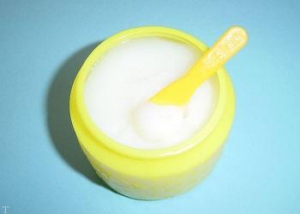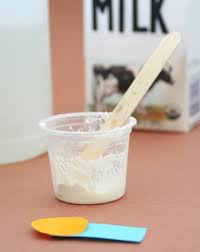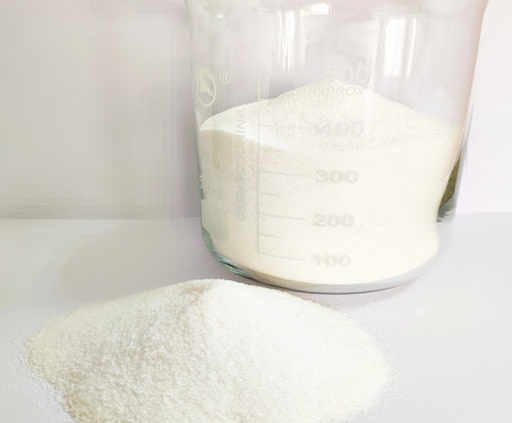Making glue at home
Have you ever wondered how to make glue at home? Yes you can make homemade glue. But why do you want to do it?
To answer you, we have to say that many of these adhesives are safe to help children, and you can make exactly the adhesive you like in the right amounts.
It is true that store adhesives such as adhesive tape in Isfahan are mostly cheap and effective, but some special adhesives are expensive and difficult to find.
Another reason is that it is fun. Making glue is a craft in itself and this is something you will enjoy. Another reason is that in some cases you can make better glue for your purposes. This is especially true if Being an art project with special needs is more true.

In this activity you will be able to make glue from milk! The main ingredient of a protein in milk is called casein, which you turn into your glue.
Materials
- ½ Cup (118 ml) skim milk
- 1 tablespoon (15 ml) vinegar (acetic acid solution)
- 1½ teaspoon (7 ml) baking soda (sodium bicarbonate)
- 1 tablespoon (15 ml) water
- Stirring spoon
- Plastic funnel
- Filter paper coffee, cotton cloth or paper towel
- Small plastic cup
- Disposable plastic cup
Safety suggestions
- Safety glasses are required.
- Protective clothing is recommended.
- Do not eat or drink any of the ingredients used in this activity.
- If you are allergic to casein or other milk proteins, you should use gloves.
- Wash your hands thoroughly after this activity.
- Parents or adults to help you.
Disposal: There are no hazardous substances in this activity and everything can be disposed of in the trash. Containers should be cleaned for reuse.
Method
- Under the supervision of an adult, heat 3 cups (118 ml) of skim milk in a container in the microwave. The temperature should be around 165 degrees Fahrenheit (74 degrees Celsius). Do not overheat the milk.
- Remove the milk container from the microwave.
- Stir frequently, add vinegar to the milk. Continue stirring until no more lumps form.
- Allow to stand for 5 minutes. You should observe the separation of solids (which sink to the bottom) from the liquid (which remains at the top).
- Put a paper coffee filter (or cotton cloth or paper towel) in the funnel. Place a plastic cup under the funnel.
- First pour the liquid and then pour the solids into the funnel.
- Pour the filtered liquid down the drain and store the solids.
- Using a spoon, gently squeeze the excess liquid left in the solid. Transfer the solid from the paper filter to a plastic cup.
- Add a tablespoon of water to the solids in a plastic cup. Mix it well with a spoon.
- Add the baking soda slowly and mix well. Repeat this until no more gas bubbles form. (You may need a little more than 1 teaspoon (1.2 ml) of baking soda – but do not use too much.)
Your glue is ready! This glue will be usable for about a day and then it will break down. The damaged glue can be disposed of in the trash.

Clean your work area before continuing the test. Soap and water can be used to clean the dishes. The coffee filter (or cotton cloth or paper towel) can be disposed of in the trash.
The first part of this experiment, using vinegar, causes the casein protein to bind together and separate from the liquid part of the milk. The protein solids are called “curd” and the liquid part is called “whey”.
Adhesives are formed because the chemical reaction between milk and vinegar creates a bond between many casein molecules. These bonds form tangled chains, and these tangled chains cause the adhesive to stick together. It is important. Fat prevents the reaction and prevents the polymer chains from sticking together.
This article is presented by Zagros Chesb Sepahan Production Group





Leave a Reply
Want to join the discussion?Feel free to contribute!